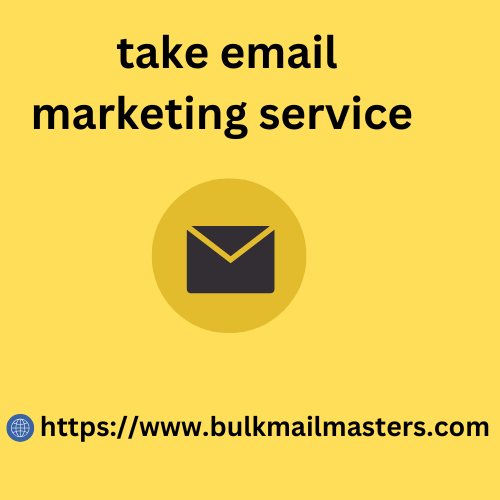Cold email copywriting is basically crafting persuasive and engaging. Messages for potential leads or clients who have no prior relationship with you.
You have to capture attention, build trust, and compel recipients to take a specific action: replying, booking a call, purchasing, etc.
It’s harder than it sounds.
As opposed to writing a traditional email to take email marketing service a friend, coworker, or boss, cold email copywriting requires you to create a genuine connection with a stranger in only a few words.
Also, your cold email is among dozens of messages that your prospects will be receiving daily.
So you have to stand out from the crowd and convince your prospects to take action without coming off as gimmicky or sales-y.
7 cold email copywriting best practices based on data
Here are the 7 best practices for cold email copywriting that will help you write messages that convert.
1. Target the right people
Even the best-written cold email campaigns will fall flat if they’re not being sent to the right people.
Of the companies that missed their goals, only 26% of them used buyer personas.
2. Start with a killer subject line
Once you have a list of targeted recipients for your cold emails, it’s time to begin the copywriting.
The first thing your prospects will see is the subject line.
In fact, it’s one of the most important factors how should programs be label in defining if your email gets opened and read, or ignored.
The first thing to know about subject lines: the shorter, the better.
When we analyzed millions of cold email campaigns, we saw that the emails’ success rates dropped with every extra word added to a subject line.
Focus on your prospect
Too many cold emails start with “Hi, my name is…” or “To introduce myself…”
Prospects aren’t interested in who you are job data and what you do.They’re interested in how you can help them achieve their goals.
To measure this, we grouped emails by how frequently they talked about the prospect, as opposed to the sender.

